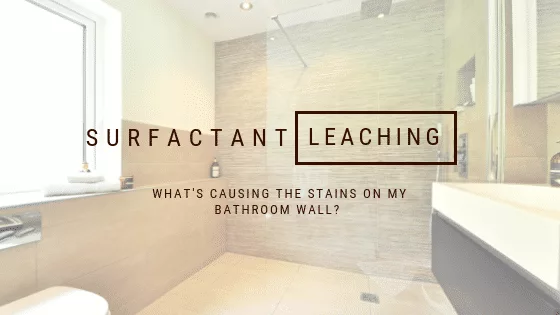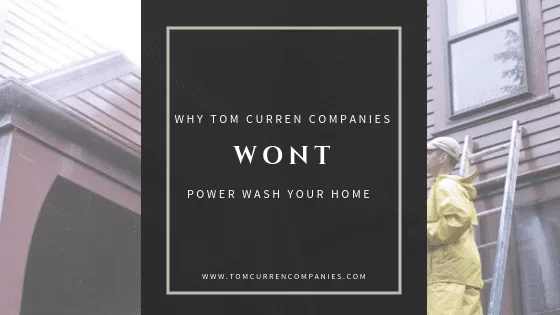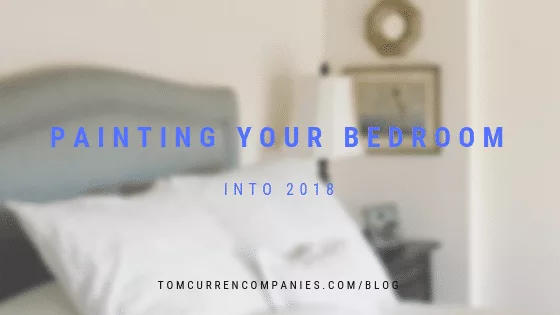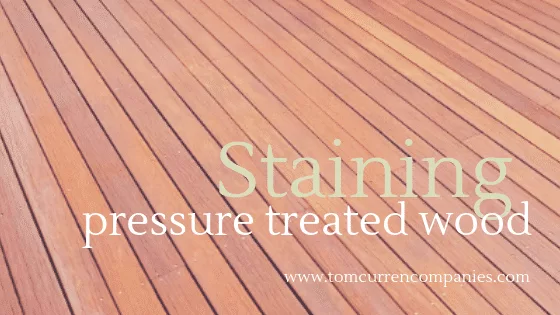What causes stains on my bathroom wall?
Likelier than not, the stains and discoloration on your bathroom wall [...]
Power washing introduces one of the biggest pain points for customers to consider when trying to make [...]
Great interior designers not only give you the room you’ve been dreaming of, but also inspire you [...]
At Tom Curren Companies, we believe customers benefit from the knowledge that carpentry inspections provide through additional [...]
With a new year and new beginnings often comes an itch to update your home. One of the best [...]
Q: How do I make my natural stained home look brand new?
Many homes built before [...]
Home remodeling or construction can be a major stress on anyone—but just imagine being a pet. Suddenly [...]
Locations









